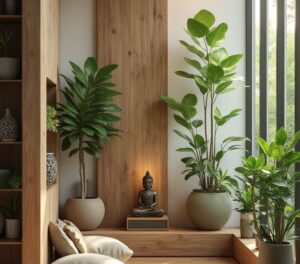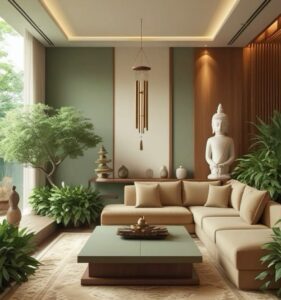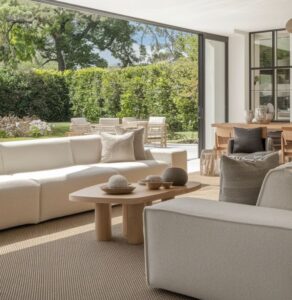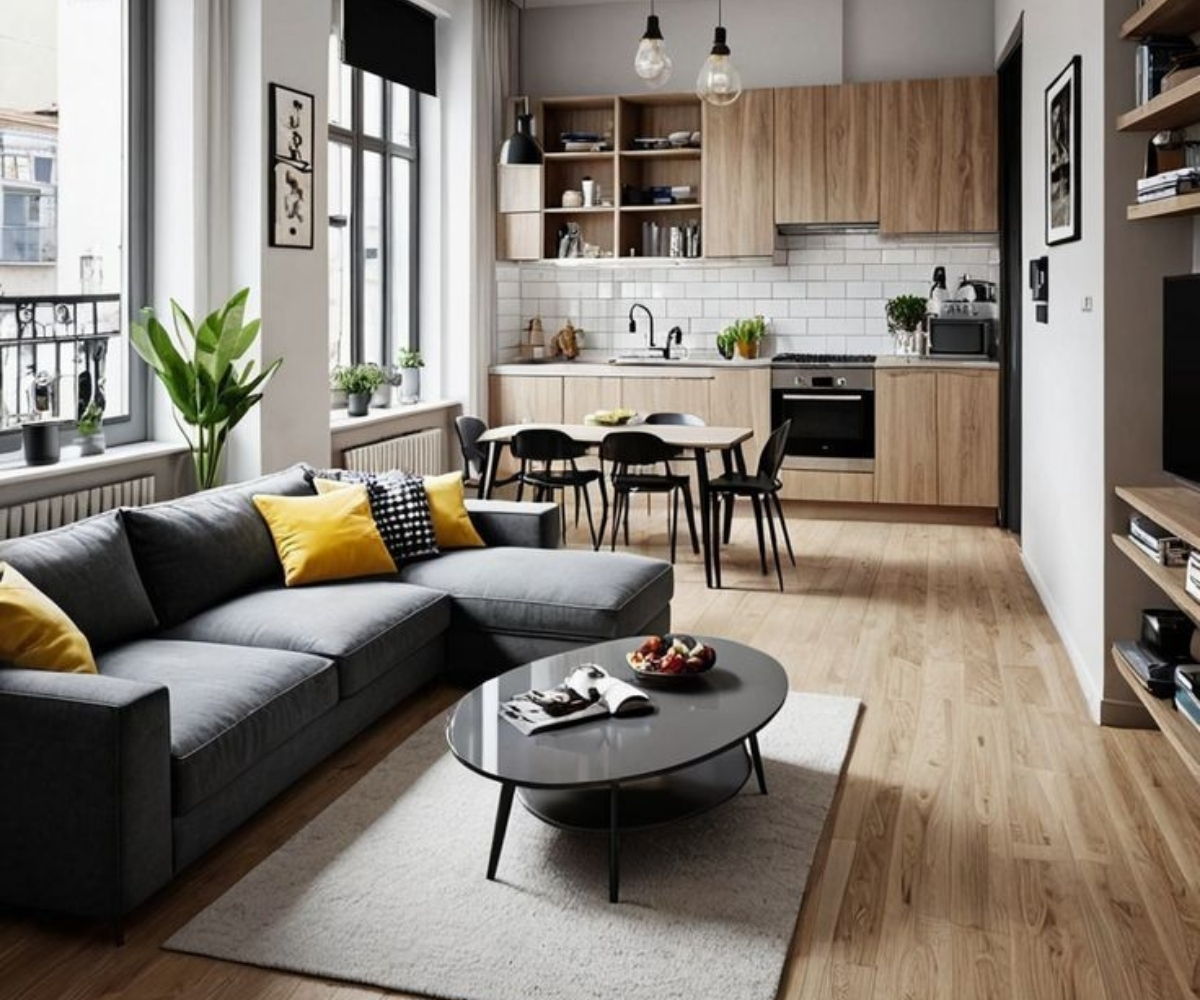Reconnecting with Nature: The Heart of Modern Interior Design
In a world dominated by concrete jungles and digital distractions, our yearning for nature is stronger than ever. This growing desire to reconnect with the natural world has inspired a powerful movement in the world of interiors—biophilic design. Far more than just a passing trend, this design philosophy brings nature indoors to support well-being, creativity, and tranquility. Let’s explore how biophilic design is reshaping modern spaces and why it’s becoming an essential part of thoughtful living.

1. Understanding Biophilic Design Principles
Biophilic design is all about creating environments that mimic and include elements of the natural world. Think of it as bringing the outdoors in—through plants, natural light, materials like wood and stone, and even shapes and textures that resemble nature. The aim? To nurture a sense of calm, reduce stress, and support overall well-being.
2. Boosting Health with Nature-Inspired Interiors
Scientific studies consistently show that exposure to natural environments—real or replicated—lowers anxiety, enhances concentration, and supports emotional balance. Natural materials like wood and stone aren’t just beautiful; they soothe the senses. Incorporating them into furniture, finishes, and flooring turns a space into a wellness sanctuary.
3. Greenery as a Design Statement
From lush potted plants to dramatic green walls, plants are the easiest and most effective way to integrate biophilic design. They improve air quality, reduce noise, and add texture and life to any room. Plus, their aesthetic versatility suits any décor style—from minimalist to eclectic.
4. Letting the Light In
Sunlight has a transformative effect—not just on a room but on the human body and mind. Maximizing daylight through open layouts, large windows, and reflective surfaces improves mood and energy levels. Arrange furniture to enhance light flow and use light fabrics and finishes to brighten your space.

5. Choosing Organic Materials That Connect
Go beyond visual appeal by choosing natural, tactile materials like reclaimed wood, bamboo, terracotta, and stone. These materials evoke warmth, honesty, and craftsmanship. Their sustainability also supports eco-conscious living—an added bonus in today’s green-conscious world.
6. Textures That Echo the Outdoors
Biophilic design isn’t just what you see—it’s also what you feel. Rough stone, smooth wood, woven rugs, and hand-textured walls create a sensory richness that mirrors nature. Layering these textures in furniture and décor helps deepen the connection to your environment.
7. Calming Effects of Water Features
The gentle sound of flowing water is naturally meditative. Adding an indoor fountain, water wall, or tabletop water feature introduces soothing movement and ambiance to your home. It creates a peaceful focal point and enhances relaxation in living areas or workspaces.

8. Seamless Indoor-Outdoor Flow
Blurring the boundary between inside and outside adds depth and openness to any design. Floor-to-ceiling windows, folding doors, and patios connected to interior rooms can help your home breathe. Extend design continuity from inside to outdoor spaces with consistent color schemes and materials.
9. Nature-Inspired Color Palettes
Colors pulled from nature’s palette—forest greens, sky blues, earthy browns, and stone greys—have a grounding, calming effect. Combine these hues with neutrals and pops of plant-based greenery to create balance and vibrancy in any space.
10. Sustainability as a Design Ethic
Biophilic design naturally aligns with sustainability. From energy-efficient appliances to renewable resources like bamboo or cork, eco-friendly choices support both your well-being and the planet. Designing with intention means designing for longevity, beauty, and responsibility.

Conclusion: Design That Heals and Inspires
Biophilic design is more than an aesthetic—it’s a philosophy rooted in our deep connection to the earth. It fosters spaces that feel alive, nurturing, and meaningful. Whether through sunlight, textures, greenery, or natural finishes, embracing this approach can transform your home into a peaceful haven that supports your health and happiness—naturally.





